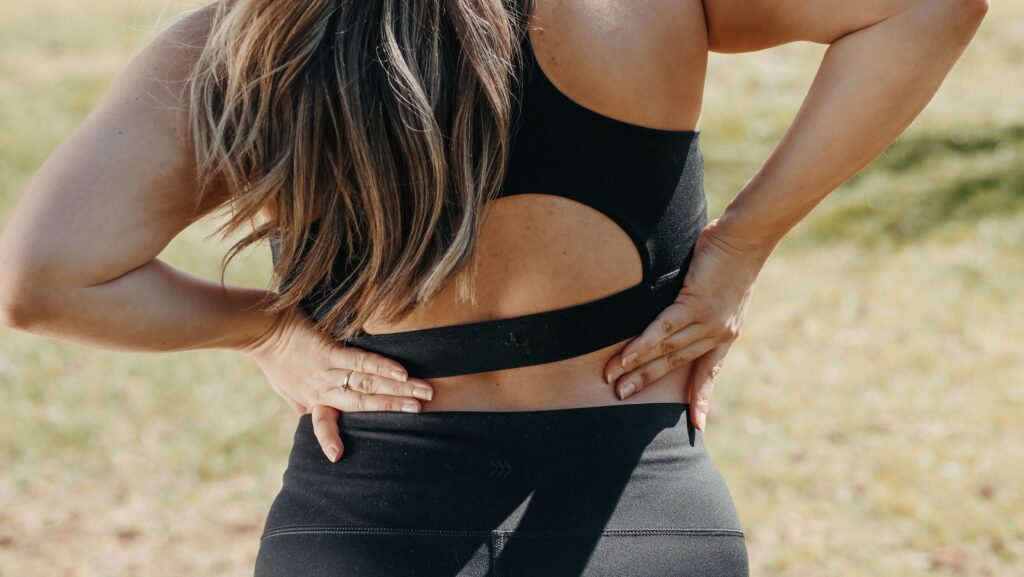How Physical Therapy Helps Rheumatoid Arthritis Back Pain
Introduction
Rheumatoid arthritis (RA) is a chronic autoimmune disorder characterized by inflammation that leads to pain, swelling, stiffness, and fatigue in the affected joints and soft tissues. Back pain is a particularly burdensome symptom for those with RA, drastically affecting their quality of life. However, physical therapy can significantly help manage this condition and alleviate RA-related back pain.
In this article, we’ll delve into what patients can expect on their visit to a physical therapist for RA-related back pain. We’ll discuss the common exercises used to treat the pain, as well as the expected duration of recovery.
What To Expect At Physical Therapy
If you’re seeking relief from rheumatoid arthritis-induced back pain, a physical therapist will evaluate your range of motion and strength before beginning treatment. Based on their findings, the therapist will create a personalized treatment plan, including activities such as stretching and strengthening exercises, massage therapies, and posture correction techniques. Heat or cold therapy may also be utilized to manage pain. By following this plan, you can manage your RA pain more effectively and improve your overall physical health—despite managing a chronic condition.
Types Of Exercises
Your physical therapist will teach you different types of exercises that can help reduce the effects of rheumatoid arthritis on your lower back. These may include:
Stretching: Stretching helps improve flexibility while reducing stiffness in your joints caused by most forms of RA including lower back pain—stretches should be done gently and slowly without forcing yourself too far out of your comfort zone
Strengthening: Strengthening exercises target muscle groups connected directly or indirectly to your spine such as core muscles (abdominals) which help stabilize the lower body and alleviate excessive pressure caused by weakened ligaments around the spine due most commonly to RA activity
Balance: Balance exercises help maintain equilibrium even when dealing with issues like decreased range motion stemming from rigidness associated with RA flares ups; these activities are typically done standing up (i.e., using either one or both feet) so that gravity keeps them firmly planted on the ground while the balance is challenged via specific movements
Low-Impact Cardio: Low-impact cardio activities like swimming or cycling can go to great lengths towards improving overall fitness levels while providing relief from stiffness caused by RA; these activities are especially beneficial because they put less strain on already weakened muscles during cases of intense inflammation
How Long Recovery Takes
Recovery time for lower back pain caused by rheumatoid arthritis varies based on factors such as age, symptom severity, and flare-ups experienced. Generally, healing takes between 6 weeks to 3 months. Milder cases may resolve on their own sooner, while severe cases may require medication or surgery. Consult a doctor before any self-treatment.
Conclusion
Physical therapy effectively treats rheumatoid arthritis-related back pain, providing relief and greater flexibility to prevent future flare-ups. Expect a comprehensive assessment followed by an individualized plan which combines strength training, stretching, postural correction, massages, low-impact cardio, and more. Recovery times vary from six weeks to three months, with milder cases resolving faster. Don’t suffer needlessly, reach out to a qualified practitioner for long-term relief and a healthier life!

